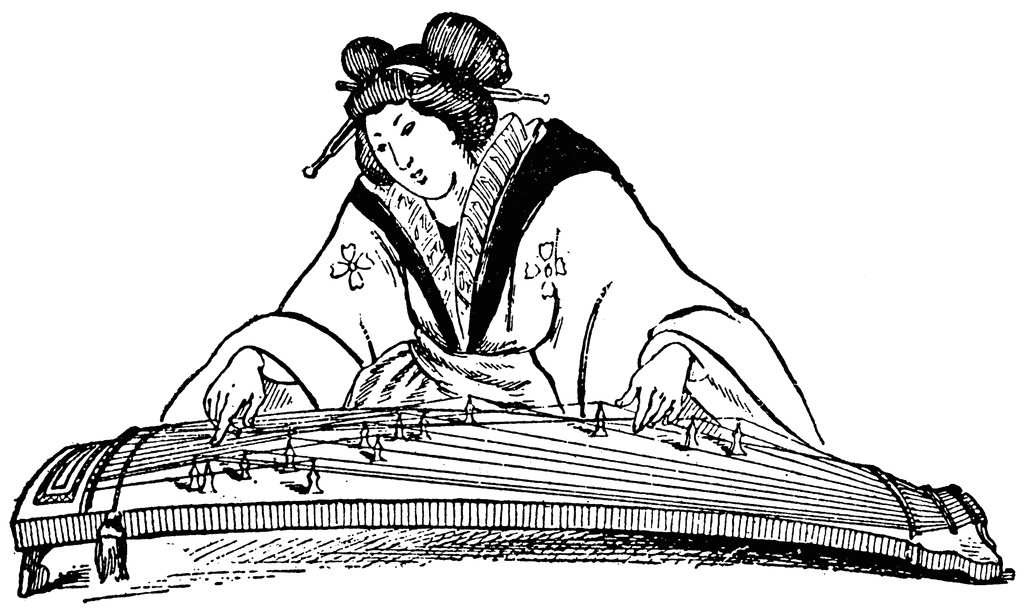Spotlight: stringed instruments
Koto, a Japanese zither
The koto is a stringed instrument consisting of strings stretched across a wooden base. Derived from the Chinese zithers gu zheng and se, koto commonly have 13 or 17 strings strung over movable bridges that were traditionally made of ivory, but are now made of plastic or wood. The bridges can be moved along the strings to alter the pitch of the sound. Koto are crafted using hardwood from the paulownia tree (Paulownia tomentosa). Similar instruments include the Mongolia yatge, the Korean gayageum, the Vietnamese đàn tranh, the Sundanese kacapi and the Kazakhstani jetigen. Although historical versions of the koto had as few as five strings, modern koto can have as many as 25 strings.
Koto ensemble performances
About SOEMON
A performance by the SOEMON ensemble of koto performers, 2012.
About Hijiri-Kai
In their album 'Urban Music of the Edo Period (1603-1868)', the ensemble group Hijiri-Kai performs classical Japanese music with shakuhachi (flute), koto and shamisen (lute).
